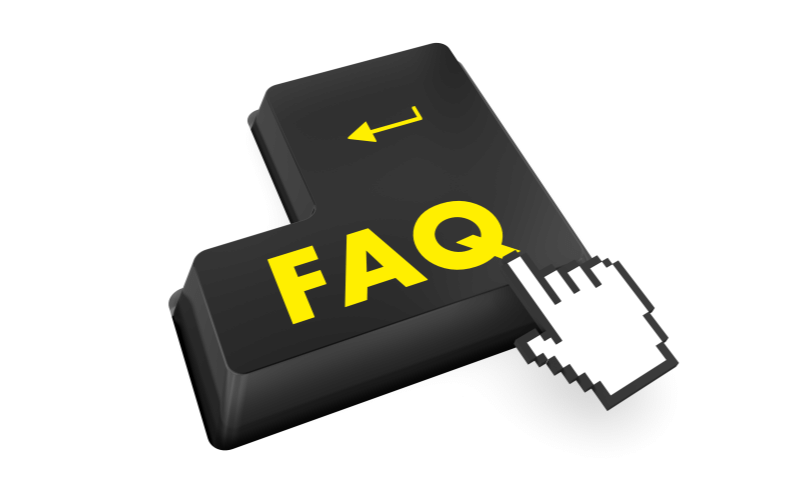FAQ: Frequently Asked Questions About Molluscum Contagiosum

1: How does someone contract molluscum contagiosum?
Molluscum contagiosum is caused by the molluscum contagiosum virus (MCV). It’s primarily spread through direct skin-to-skin contact with an infected person. However, it’s also possible to get infected by touching objects contaminated with the virus, such as towels, clothing, or toys. Shared spaces like swimming pools or gym equipment can also be sources of transmission if proper hygiene isn’t maintained.
2: Are there any specific age groups more prone to molluscum contagiosum?
While molluscum contagiosum can affect individuals of all ages, it’s most commonly seen in children aged 1 to 10 years. Their playful interactions and close contacts in settings like schools or playgrounds can increase the transmission risk. However, adults can also get affected, especially those with weakened immune systems or engaging in close-contact activities.
3: Is molluscum contagiosum related to the common warts caused by human papillomavirus (HPV)?
While both molluscum contagiosum and common warts might seem similar in appearance, they are caused by different viruses. Molluscum contagiosum is caused by the MCV, while common warts result from various strains of the human papillomavirus (HPV). Both are skin infections, but their origins, symptomatology, and management can differ.
4: Once cured, can molluscum contagiosum recur?
After a successful treatment or natural resolution of the infection, the individual develops immunity against the specific strain of MCV they were infected with. However, it’s possible to contract a different strain of the virus in the future. So, while recurrence is not typical of the same strain, new infections from different strains can occur.
5: How long does it typically take for molluscum contagiosum to resolve on its own?
The duration of molluscum contagiosum varies among individuals. If left untreated, most cases resolve on their own within 6 to 12 months. However, in some people, especially those with weakened immune systems, the infection might persist for longer, sometimes even up to a few years. It’s always advisable to consult with a dermatologist to understand the best course of action for individual cases.
Conclusion: Wrapping Up the Mystery of Molluscum Contagiosum
Molluscum contagiosum, while benign, often sparks concern due to its unusual appearance and its ability to spread. Venturing through the multiple facets of this condition, from its distinctive bumps to its transmission routes, provides a comprehensive understanding. But as with many skin conditions, the more you know, the better equipped you are to handle them.
The array of symptoms associated with molluscum contagiosum, as detailed in this article, underscores the diverse ways this virus manifests. Whether it’s the signature flesh-colored bumps or the unique patterns in which they spread, each symptom tells a part of the story. The importance of recognizing these symptoms isn’t just for timely intervention, but also to mitigate unnecessary panic.
Beyond the immediate symptoms, it’s the ripple effects of molluscum contagiosum that often go unnoticed. From the mild itchiness to the potential for secondary bacterial infections, there’s more to this virus than meets the eye. And while it’s primarily a condition seen in children, adults aren’t completely off the hook. The tales of transmission and the potential arenas of contraction are vast and varied.